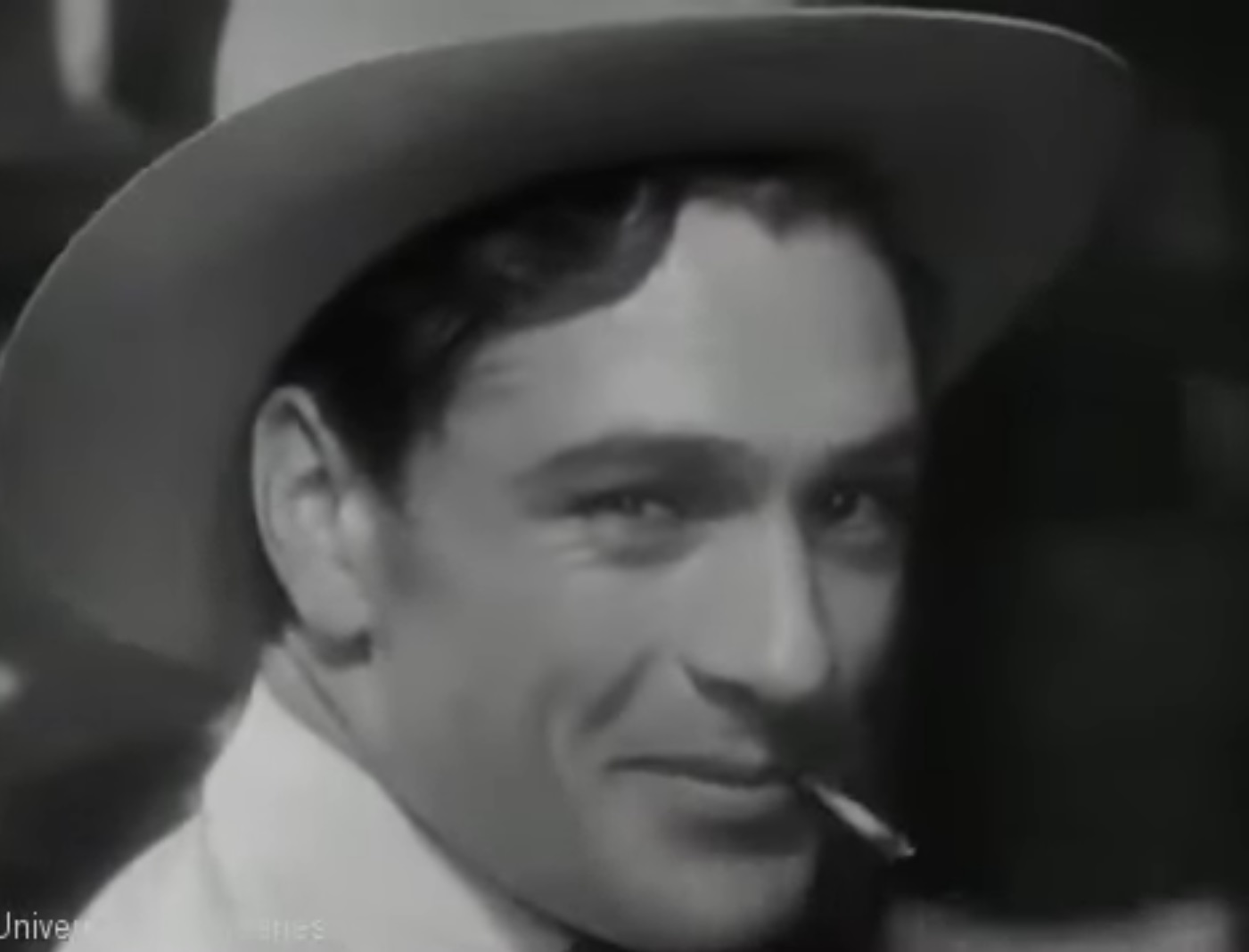 | 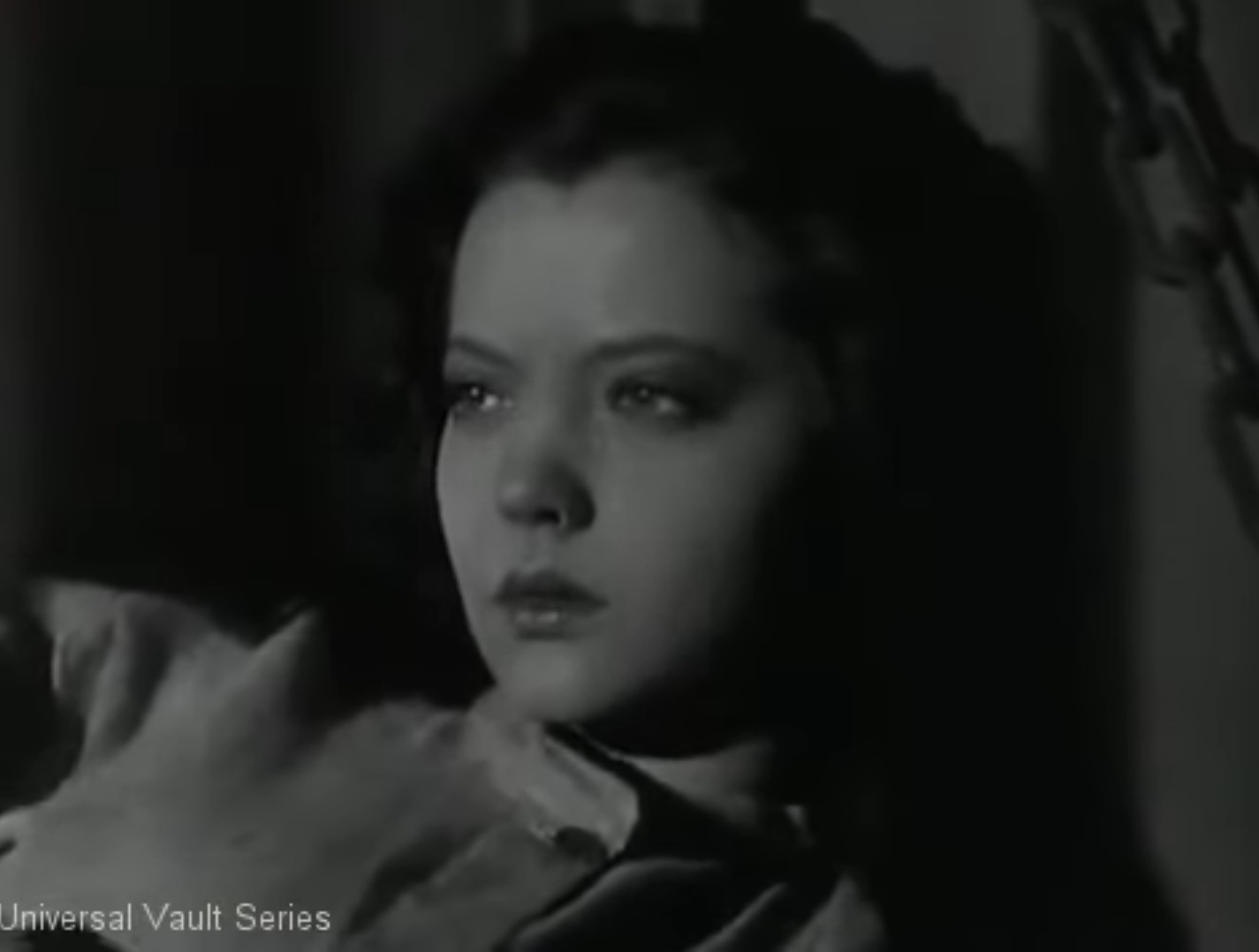 | 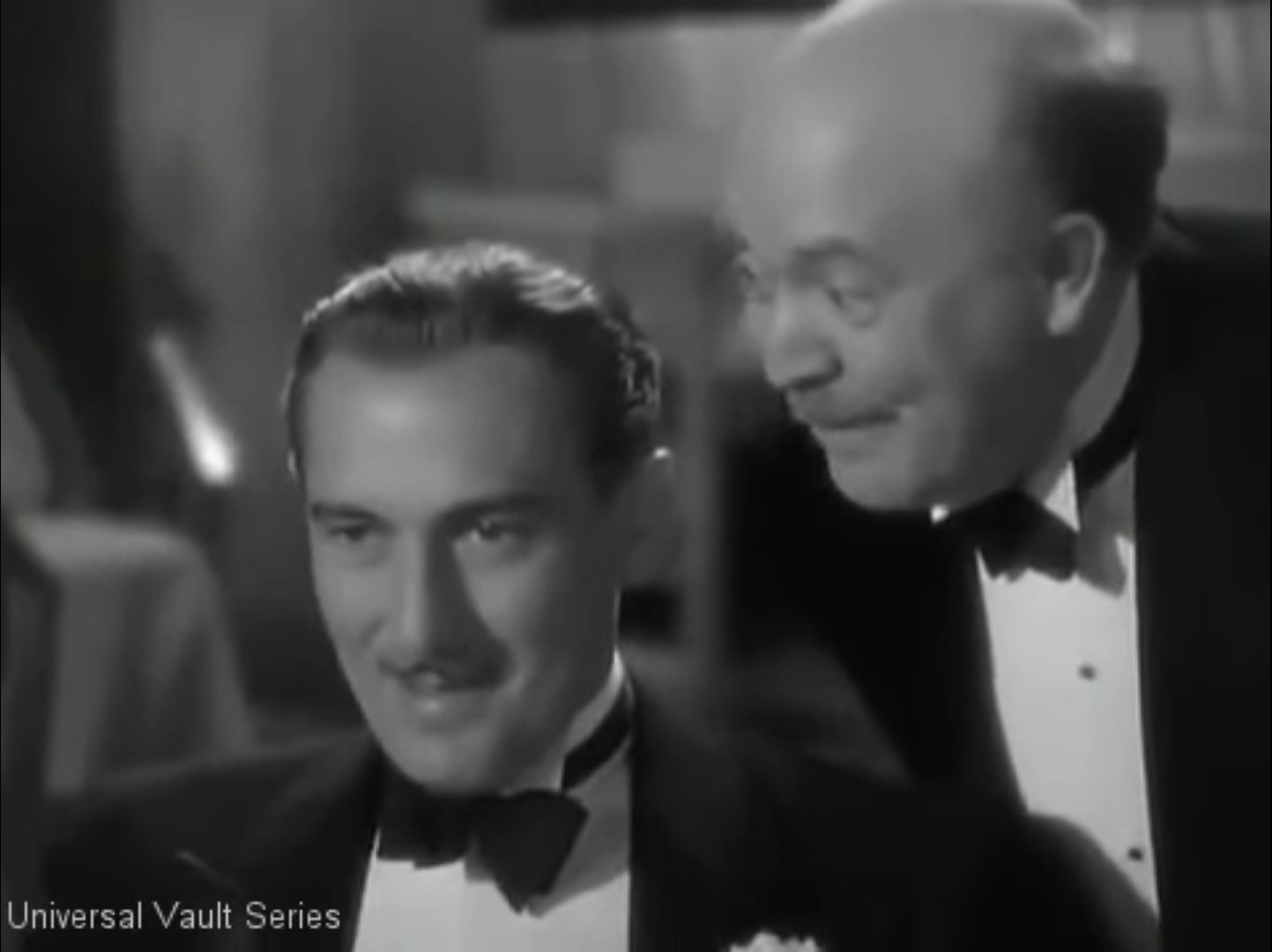 |
| “Kid” Gary Cooper | Nan Sylvia Sydney | “The Big Fella” Paul Lukas |
Directed by Rouben Mamoullian
Released by Paramount Pictures
Runtime: 82 minutes
Proof That It’s Pre-Code
- Concerns bootleggers and beer barons.
City Streets: Wrong Ways
“Good kid. You’ll never tell nobody nothing.”
Rouben Mamoullian’s City Streets is a particularly stylish entry in the early-30s gangster picture cycle, one that contains a lot of the Paramount look but none of the Warner Bros. heart that makes some of these movies so fondly remembered 90 years later.
Not that it doesn’t try. While not as progressive as the female-gangster-queen fable Blondie Johnson, for much of its runtime City Streets does try a different tack. Even if its styles don’t mesh, it’s an unusual film for its time, even if it never really pulls together.
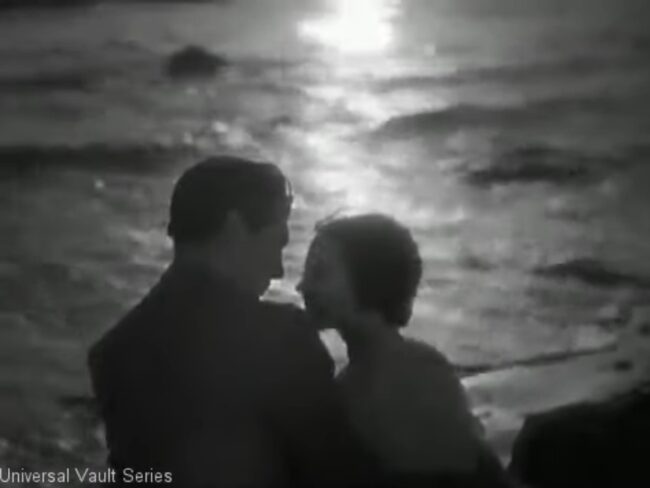
Set in the unpleasant life of a gangster moll, we have Nan (Sydney), a hard-boiled criminal sidekick who does the dirty deeds assigned to her by Pops (Guy Kibbee, surprisingly unpleasant) all handed down from ‘The Big Fella’ (Lukas), a beer baron with the penchant to kill anyone who proffers him a slight.
Nan’s only weak spot is The Kid (Cooper), a showoff in a carnival sideshow who has an impressive way with a six shooter. After Nan is jailed for refusing to squawk after yet another hit, Pops sneakily recruits the Kid to the gang where he soon becomes a wealthy trigger man. However, Nan has a change of heart about the bootlegging lifestyle and once she is free, must try to talk The Kid out of his newfound riches as well as avoid a blitzkrieg of romantic advances The Big Fella throws out toward her.
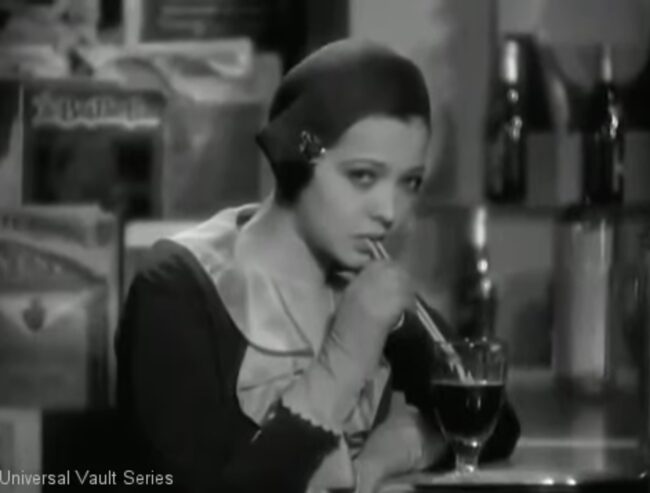
City Streets (a title which I always confuse with Street Scene, a completely different Sylvia Sydney movie) is director Rouben Mamoulian’s second film after the inventive Applause two years prior. Mamoulian again brings an stylish eye to the proceedings, moving the film so deliberately that some reviews think that he was struggling with sound-recording technology. He uses his camera to linger often, from having barred windows stare down on helpless souls to taking a camera about as close to Sylvia Sydney’s face as is possible. (Or advisable.)
Unfortunately, Mamoulian’s dreamy style is mismatched with screenwriter Dashiell Hammett’s harder edges. City Streets plays a bit like Cinderella in spots, a bit like Red Harvest in others.
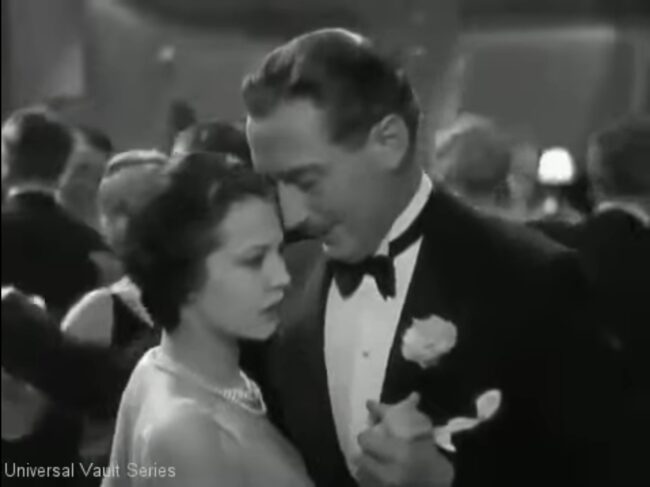
Take the lengthy time Sydney stays in stir, where she has her change of heart. Nan’s newfound pessimism is contrasted by another moll, an inmate whose gangster boyfriend will pick her up from the gate and show Nan that love can last even in the wild world of bootleggers. The joyous reunion is short lived. After the cellmate opens the door to the waiting car, her boyfriend’s bullet-riddled body falls to the ground. Nan reacts quietly, and Sydney gets one of the first internal monologues in the talkies, mulling over The Kid as a gangster, reclined on her bed, in a silvery quiet. The contrast in tones doesn’t work.
Paul Lukas, who is usually pretty good as a romantic co-lead in movies of this time, is badly miscast as the lecherous omnipresent ‘Big Fella’, always playing the role a bit too jolly and far too trigger happy. Who could the killer be– perhaps it’s the bootlegger who murders anyone he feels like at any time? Considering Ricardo Cortez had a pretty good lock on almost this exact character type down to the nickname back in 1931, we can only assume he must have been busy this week of filming.
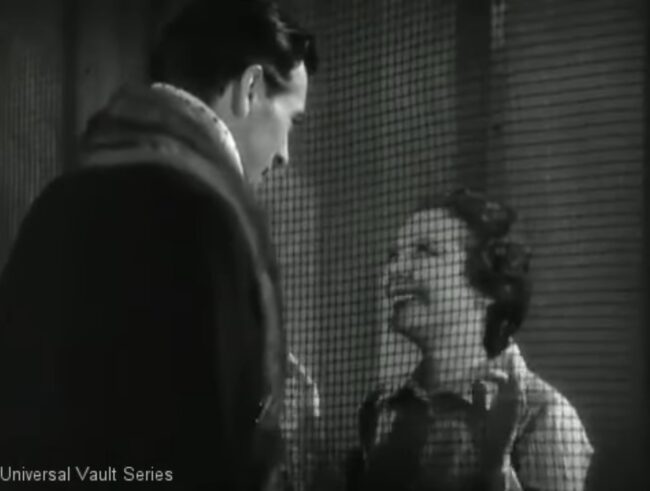
The film’s climax is also extremely weak, an energetic car ride meant to dizzy and terrify a few unwitting occupants that feels completely unrelated to the film before and almost an insult to the audience’s intelligence. I’ve seen variations of this ending so many times by now, I groaned when it cropped up yet once more. If Hammett came up with it, I will eat a hat.
That said, in her first leading role and only third film, Sylvia Sydney already embodies everything that make her such an arresting persona. Beautiful, timid, with an edge like an razor incongruously sticking out of a fresh red apple. You wouldn’t know it was her first starring role; she is fully formed.
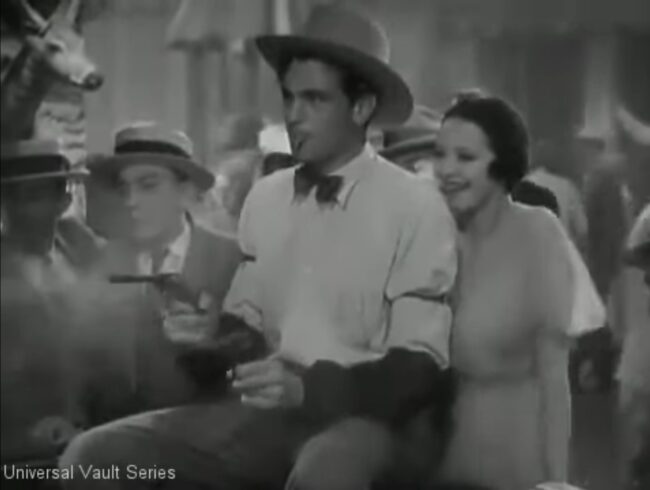
While the story is ostensibly Nan’s, it frequently gets bored of her and follows around Cooper, who plays a flat character flatly. Guy Kibbee gets a nice role as a nasty guy, and Wynne Gibson gets a showy, mad-eyed role as ‘The Big Fella’s squeeze who gets jealous and points guns and threatens and yells and screams and darts around the screen like an exclamation point. I won’t say her presence helped the film’s emotional architecture cohere, but I also won’t say she wasn’t any fun to watch.
For anyone interested in exploring the pre-Code gangster movies that aren’t the holy triumvirate (Little Caesar, The Public Enemy, Scarface), City Streets sits below the bottom of the second tier, under stuff like Johnson, Bad Company, and Smart Money. City Streets is kind of a mess; a pretty mess, made all the more by Sylvia Sydney, but a mess nonetheless.
Screengrabs
Trivia & Links
- Mordaunt Hall’s contemporaneous review in the New York Times is a mixed bag. He notes that the film’s many pauses were jarring by this time in 1931, and, while he appreciates the visuals, notes:
Mr. Mamoulian reveals some clever cinematic ideas, but more often than not he loses his interest in the story and dialogue through his zealousness for unusual camera stunts and angles. This production, however, is quite entertaining, in spite of the hapless casting of Paul Lukas as the head of a gang of beer racketeers.
- Cliff at Immortal Ephemera discusses how the film has earned an interesting legacy.
While I’m more apt to group this with the other early ‘30s gangster films myself, the film noir label also attaches itself thanks to the man who birthed the original story for City Streets, legendary hardboiled novelist Dashiell Hammett. The first version of Hammett’s most famous story, The Maltese Falcon, did not arrive in theaters from Warner Bros. until a couple of months after Paramount released City Streets, but that novel along with Red Harvest had already made Hammett a major literary name when Paramount paid $5,000 for his brief treatment, originally titled After School. In a July 18, 1930 memo to Paramount studio chief B.P. Schulberg, David O. Selznick wrote that Hammett, “might very well prove to be the creator of something new and startlingly original for us” (Hammett).
- The invaluable Movie Diva goes into every aspect of this one with a ton of great behind-the-scenes details. Here’s a nice bit:
Paramount wanted to film it, but they transformed Nan and The Kid from teens to adults. The plan was to star Clara Bow and Gary Cooper, a proven star paring, (and once hot off-screen item). The film was meant to evoke Ladies of the Mob, one of Bow’s silent era hits. Rouben Mamoulian had only made one other feature, Applause starring the tragic stage star, Jeanne Eagles. Well reviewed, it hadn’t been big at the box office, and Paramount lingered before offering the director the project.The story is recognizable as City Streets, but definitely doesn’t have the female point of view of the film. The scene where Pop test’s Nan’s loyalty by manhandling her, is one incident recognizably from Hammett’s story. David Thomson observed that Hammett, and Max Marcin and Oliver H.P. Garrett who wrote the screenplay, might not have spotted their work in Mamoulian’s expressionistic transformation. Hammett wrote about the movie to Lillian Hellman. He thought the film was “pretty lousy, though Sylvia Sidney makes the whole thing seem fairly good in spots. She’s good, that ugly little baby, and currently is my favorite screen actress” (Thomson 171).
- Erich at Acidemic adores this one and explores it in his usual verbose style:
That title and the inevitable (for the time) romantic triangle plot are rote, but the rest is stunningly free of any remote chance of gangster cliche. It’s like a molten crucible of gangster film-ism, without a shape or form, yet mythic enough to re-do over and over in generations and remakes to come.
That said, convict Sylvia Sidney’s jailhouse pleas to her pinball wizard romeo Kid (Cooper) not to go fight or whatever drag on and on: “Kid, don’t go! Oh no Kid! No, Kid, please don’tgoifyouloveme, kid oh kid oh kid, if you love me kid please don’t go.” Sylvia, you were ten times cooler before you went to prison. Now you’ve gone soft and the rackets got no place for soft. Still there’s a super sexy scene of passion with Cooper across a wire screen in the ladies’ prison visiting room, and she has the coolest vanity mirror ever (a giant vulture/eagle over it, with wings outspread) and Cooper is at his most youthfully ravishing. Look fast for Paulette Goddard at a nightclub!
- Screenshots and posters over at DVD Beaver.
Awards, Accolades and Availability
- Available on DVD (but also on YouTube if you’re okay with low-fi video).
More Pre-Code to Explore
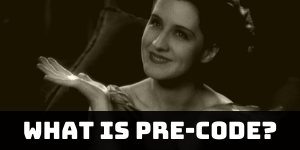
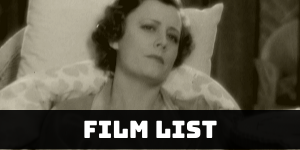

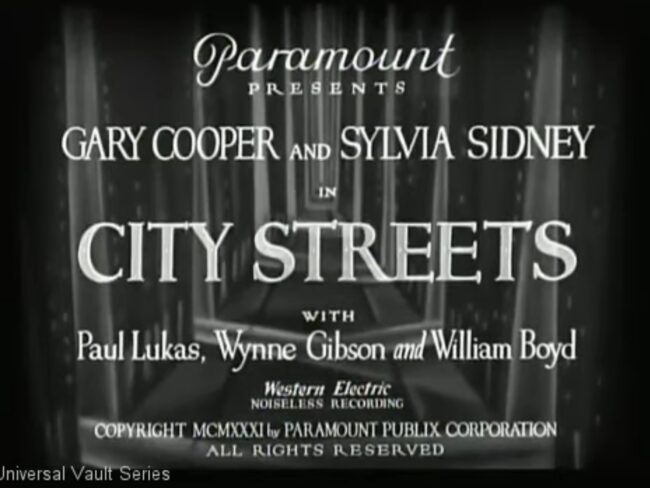

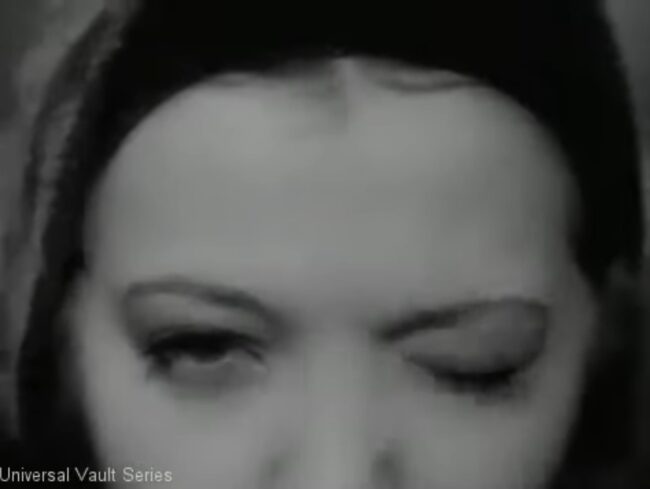
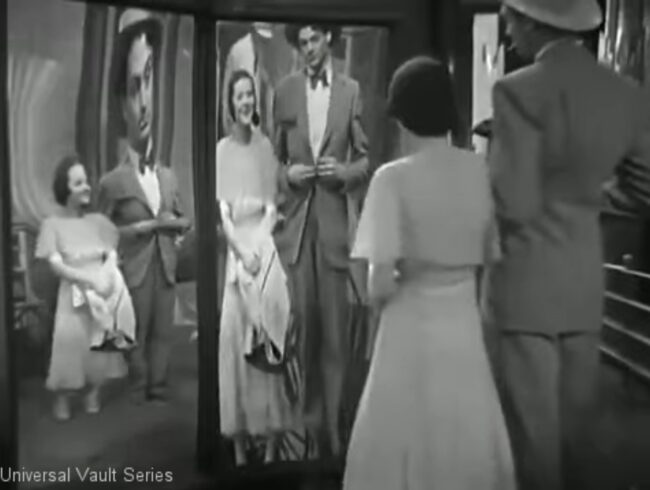
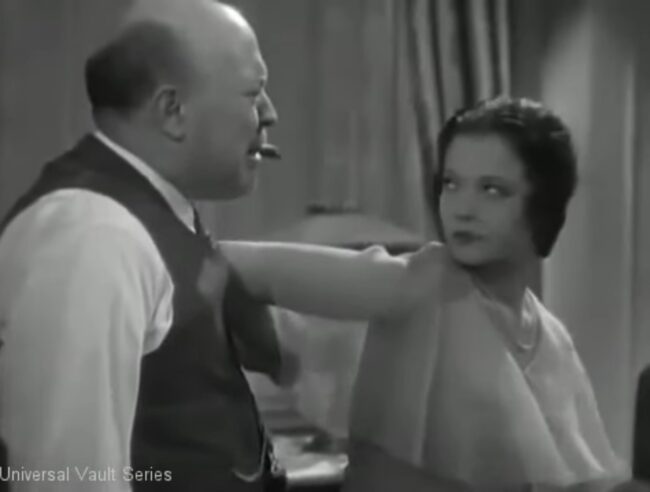
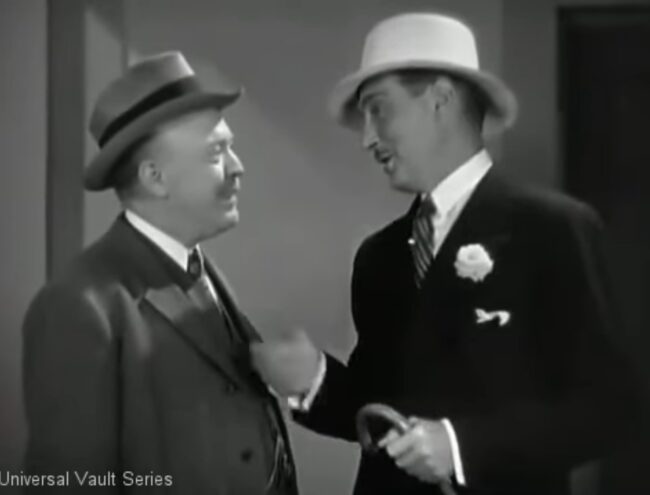
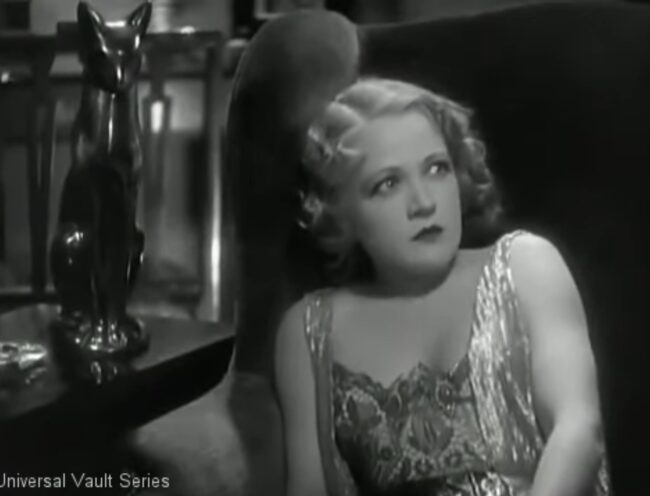
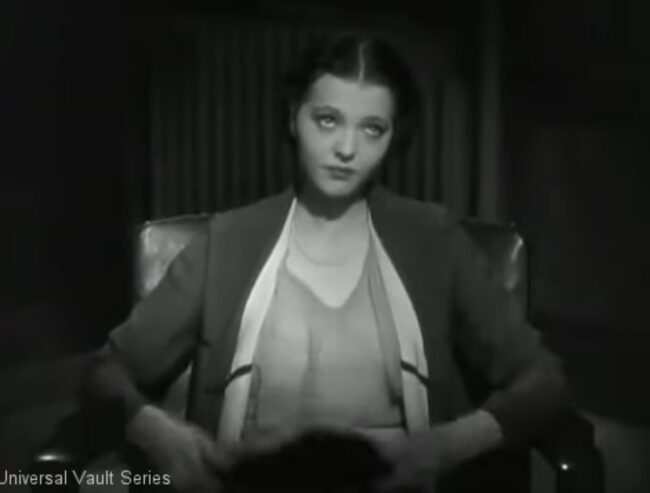
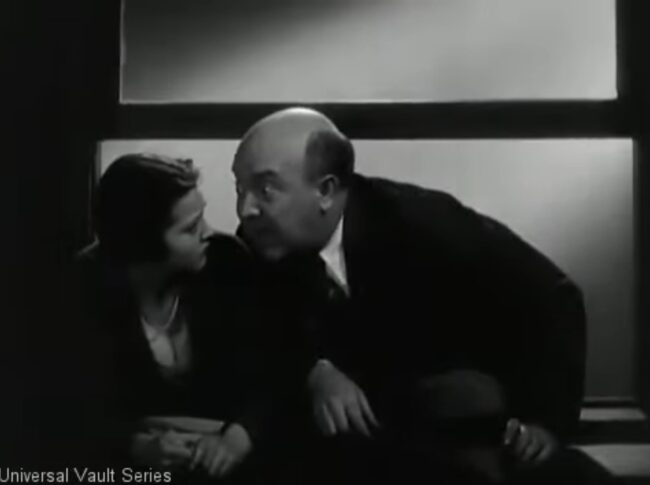
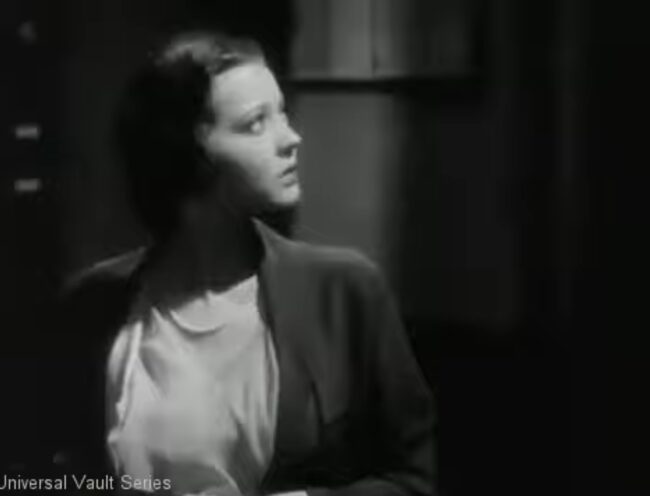
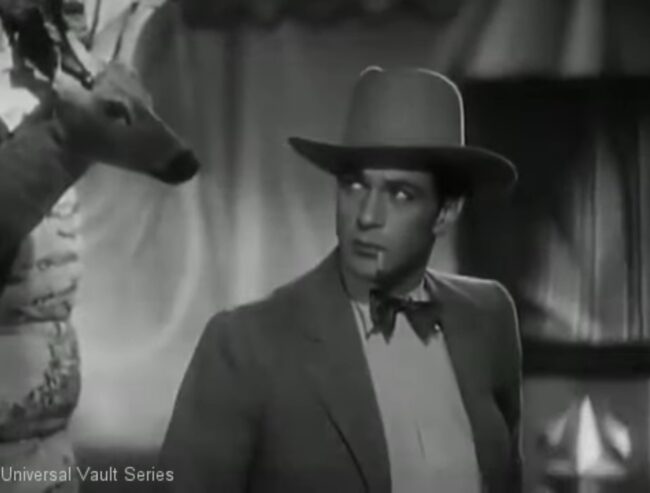
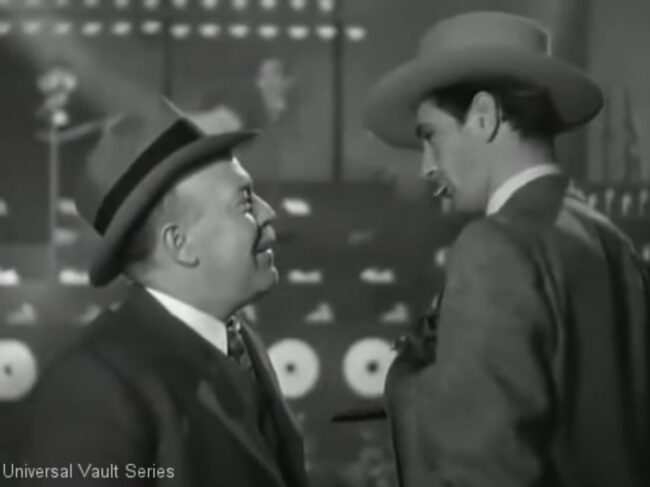
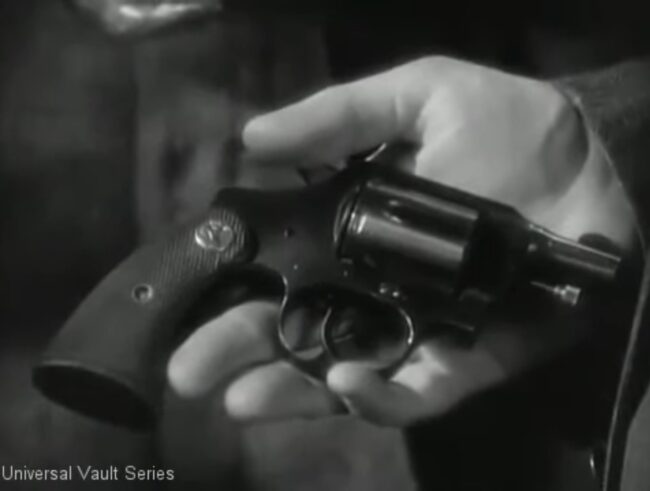
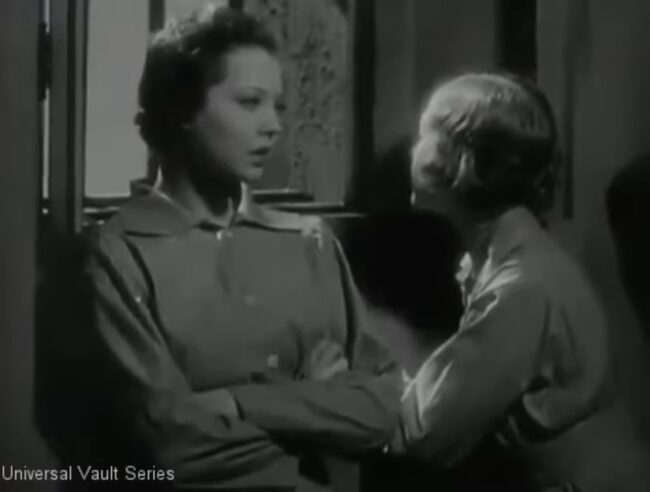

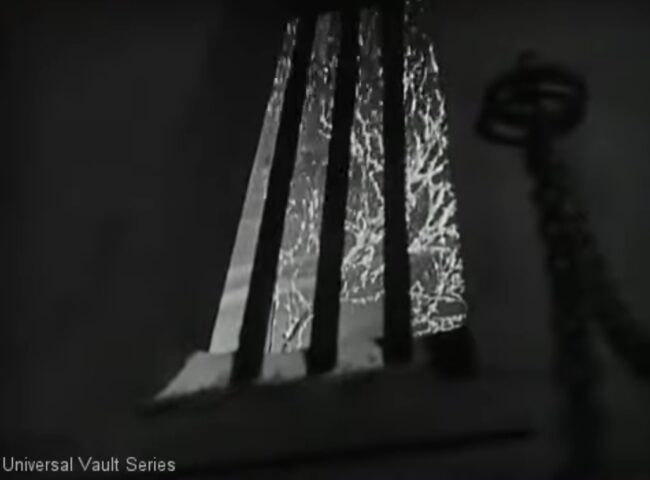
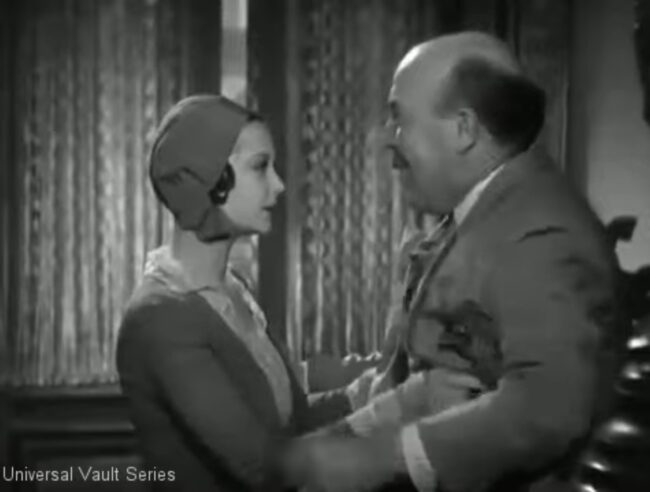
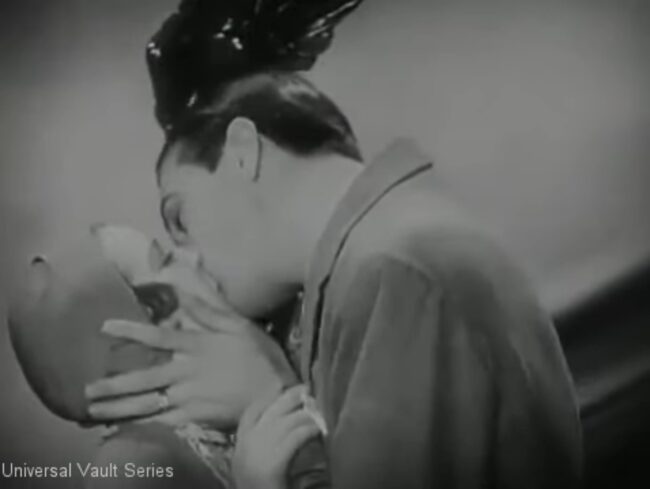
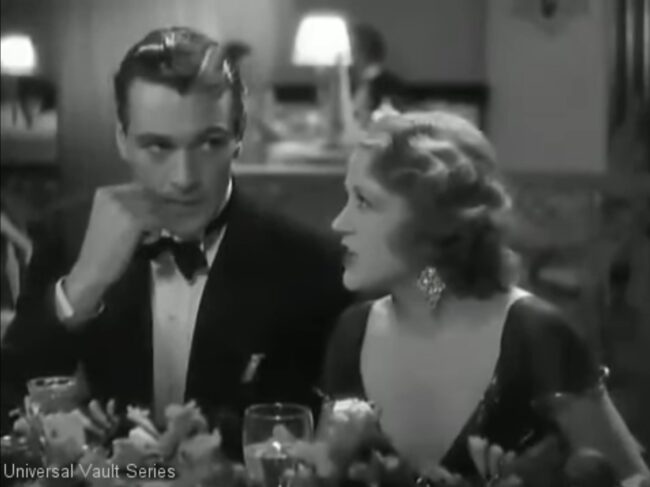
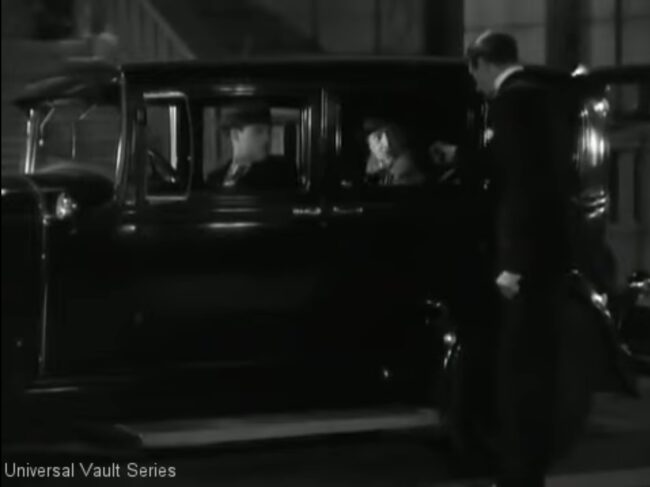
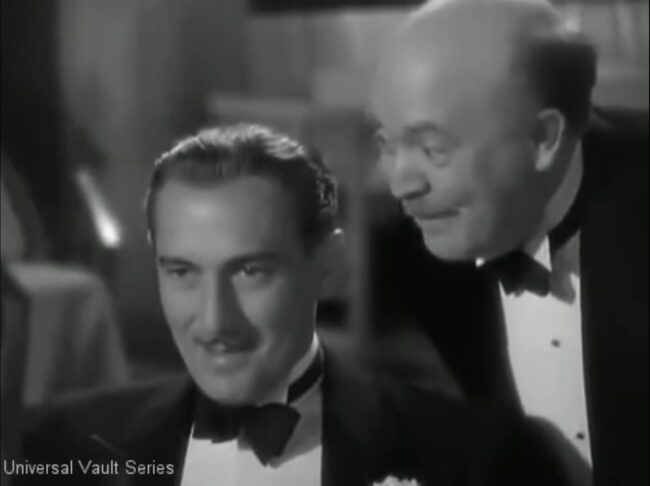
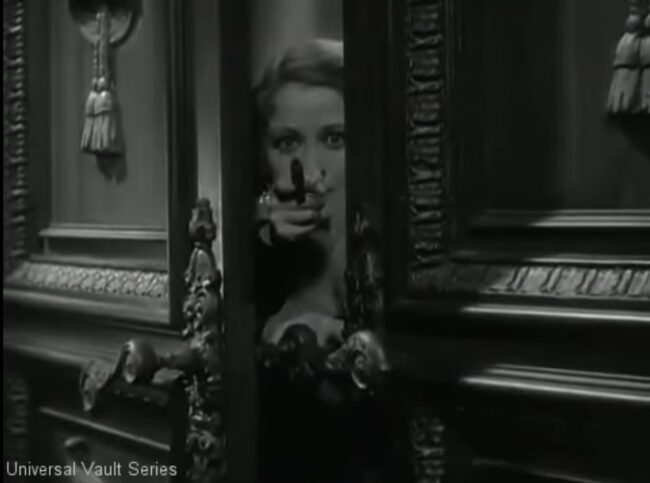
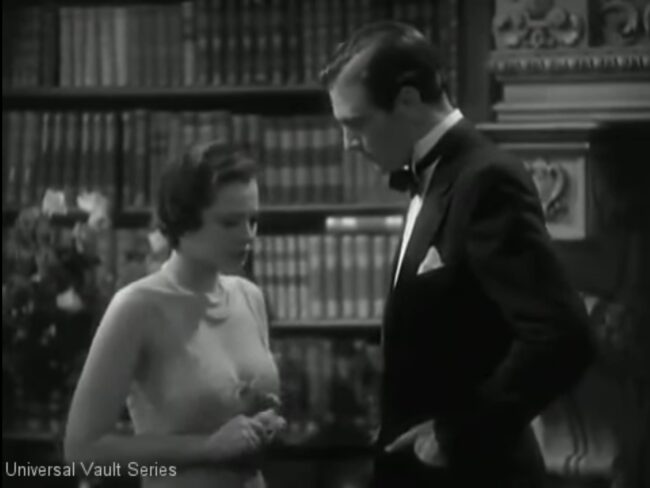
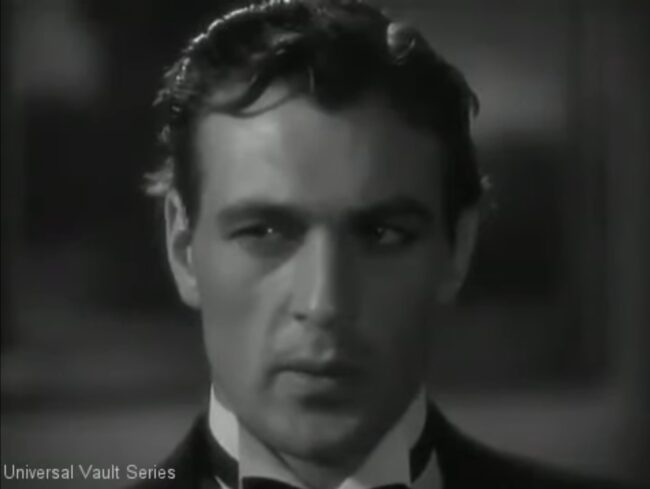
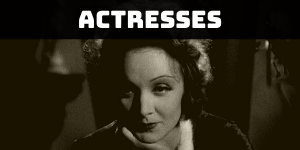
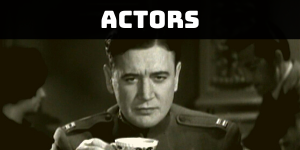
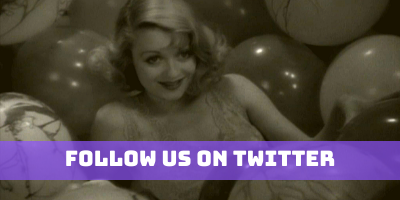
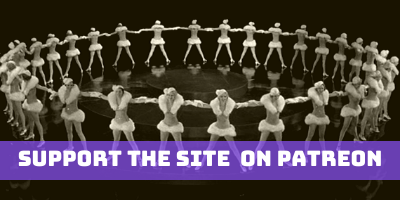
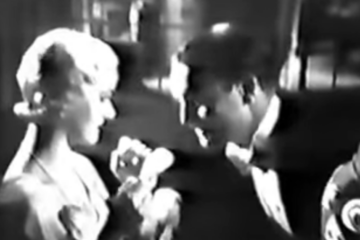
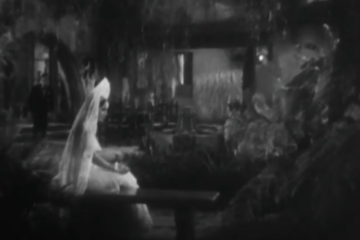
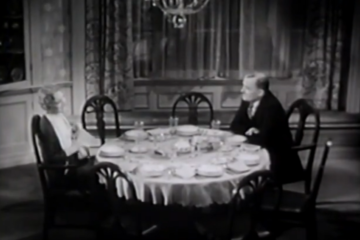
2 Comments
Fawcett, Jerry · November 18, 2020 at 10:55 am
Interesting that the article cited from Movie Diva has a glaring error. “Rouben Mamoulian had only made one other feature, Applause starring the tragic stage star, Jeanne Eagles.” The star and unforgettabe leading lady of Applause is Helen Morgan, not Jeanne Eagels.
Laura Boyes · December 22, 2020 at 3:31 pm
Thank you for spotting the mistake, Jerry! I corrected it on my website. I copied it from some mistaken source without fact checking.
Always appreciate the shout out, Danny!
Comments are closed.